Best Flour for Baking: A Guide to Perfect Bakes
Baking is both an art and a science, and selecting the best flour for baking can transform your loaves, cookies, and pastries. Whether you’re crafting crusty artisan bread, flaky croissants, or chewy cookies, the type of flour you use determines texture, flavor, and structure. This guide explores the main types of flours for baking loaves of bread, rolls, quick breads, cookies, pastries, and briefly touches on whole wheat applications, with a deeper dive into whole wheat (including fresh-milled flour) coming soon.

Understanding Flour Basics
Flour’s primary role in baking comes from its protein content, which determines the gluten development in your dough or batter. Gluten provides structure and elasticity, but the amount needed varies by baked good. Here’s a quick breakdown of key flour types:
- All-Purpose Flour: Protein content of 10-11.7%. Versatile for most baking needs.
- Bread Flour: Higher protein (12-14%), ideal for yeast breads with strong gluten networks.
- Cake Flour: Low protein (6-8%), perfect for tender, delicate cakes and pastries.
- Pastry Flour: Medium protein (8-10%), great for flaky pastries and pie crusts.
- Whole Wheat Flour: Contains the bran and germ, with protein around 13-14%, adding nutty flavor and denser texture.
- Specialty Flours: Includes rye, spelt, or gluten-free blends for specific recipes.
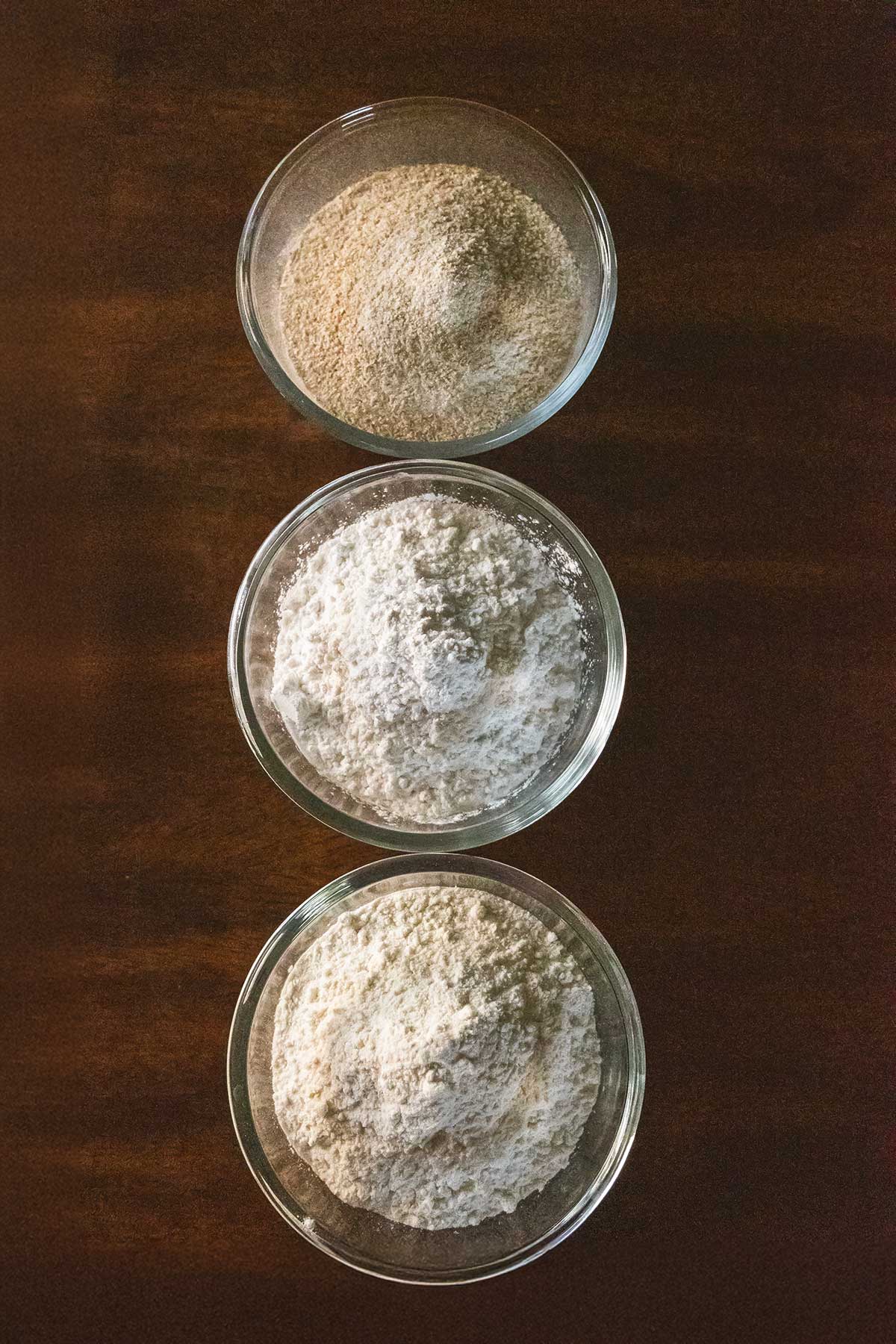
Now, let’s dive into the best flour for baking each type of baked good.
Best Flour for Loaves of Bread
Recommended Flour: Bread Flour
Why: Bread flour’s high protein content (12-14%) creates a strong gluten network, making it the best flour for baking chewy artisan loaves, sourdough, or sandwich bread. Brands like King Arthur Bread Flour (12.7% protein) or Bob’s Red Mill Bread Flour (12.5-13.5% protein) are reliable for consistent results.
Tips:
- For rustic, crusty loaves (e.g., baguettes), you can blend bread flour with a small amount of all-purpose flour to slightly reduce gluten for a lighter crumb.
- If using a high-hydration dough (like ciabatta), bread flour’s strength helps maintain structure.
- For whole wheat loaves, see the whole wheat section below.
Alternative: All-purpose flour can work for softer loaves (like white sandwich bread), but the crumb may be less chewy.
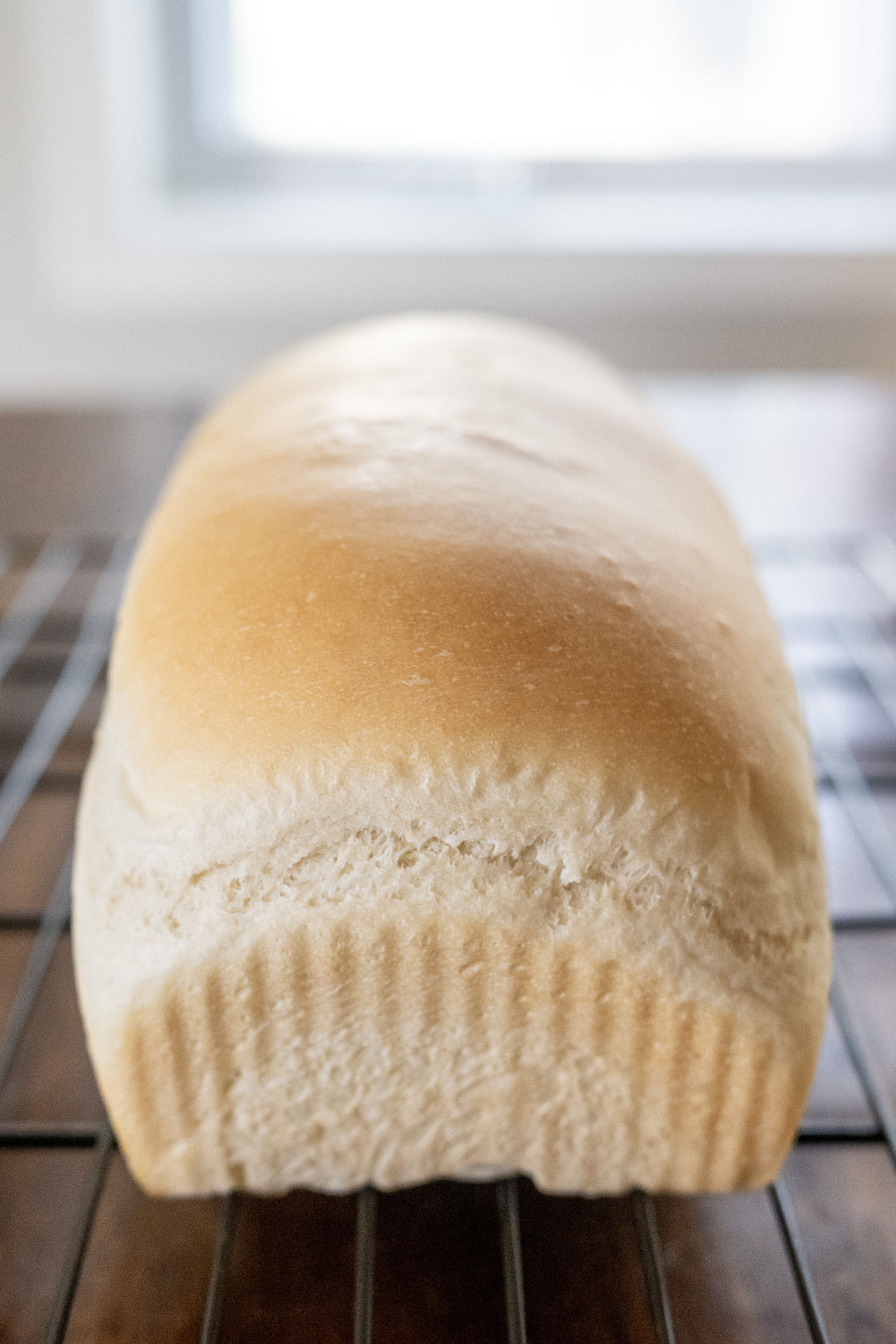
Best Flour for Rolls
Recommended Flour: All-Purpose Flour or Bread Flour
Why: Rolls, like dinner rolls or brioche buns, need a balance of softness and structure. All-purpose flour (10-11.7% protein) is is often the best flour for baking tender, fluffy rolls, while bread flour works for heartier, chewier rolls like Kaiser rolls. Central Milling Artisan Bakers Craft Organic Unbleached White Wheat Flour (11.5% protein) or Kirkland’s Organic Unbleached All-Purpose Flour (11.5% protein) are both great choices for versatility.
Tips:
- For enriched doughs (with butter, eggs, or sugar), all-purpose flour ensures a soft, pillowy texture.
- If using bread flour, knead lightly to avoid overly dense rolls.
- Milk or mashed potatoes can enhance softness in dinner rolls.
Alternative: For extra tenderness, blend all-purpose flour with a small amount of cake flour.
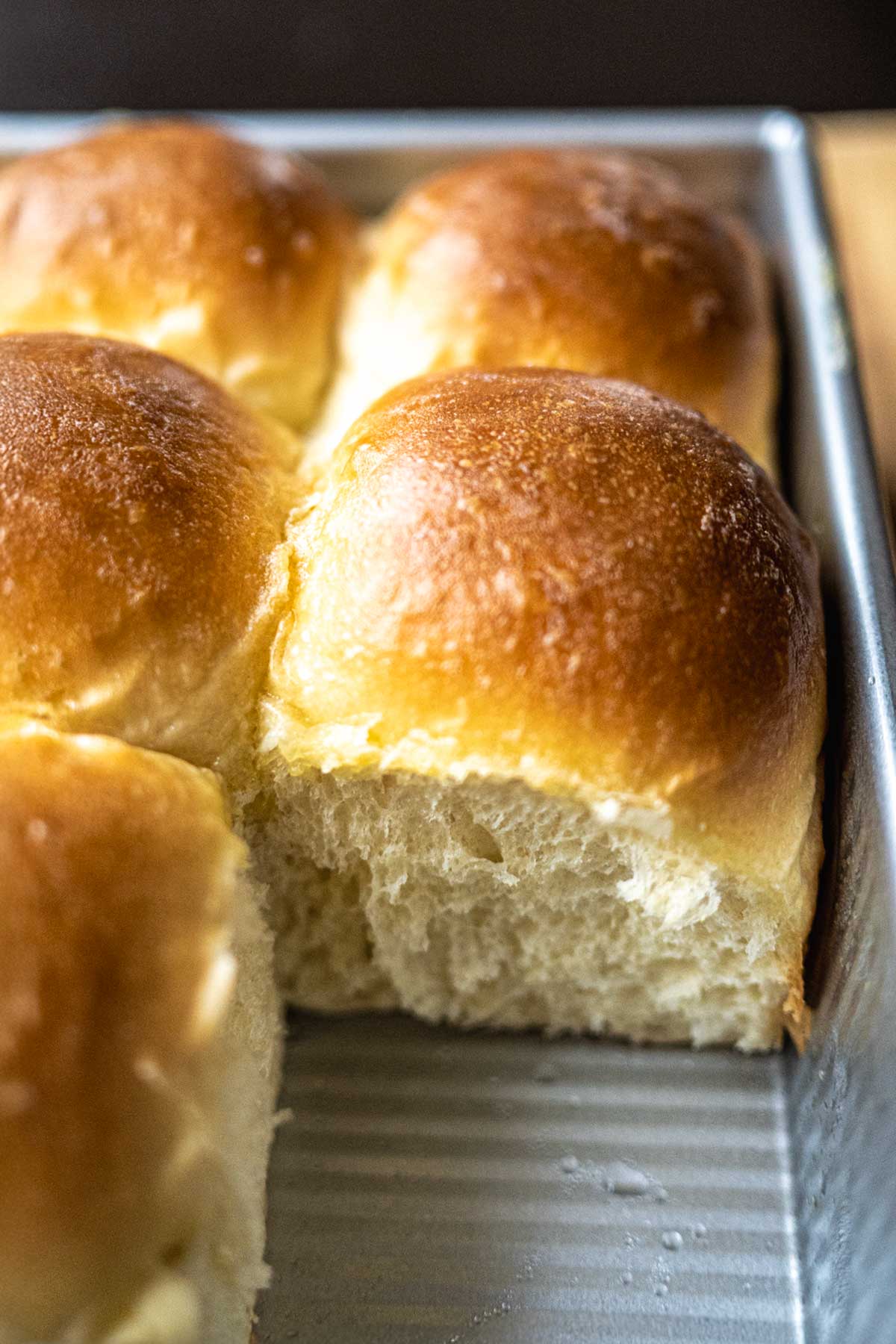
Best Flour for Quick Breads
Recommended Flour: All-Purpose Flour
Why: Quick breads (e.g., banana bread, zucchini bread, or muffins) rely on chemical leaveners like baking powder or soda, not gluten development. All-purpose flour’s moderate protein content (10-11.7%) provides enough structure without making the crumb tough. See preferred brands under Best Flour for Rolls section above.
Tips:
- For a finer crumb, sift the flour to aerate it before mixing.
- Avoid over-mixing to keep quick breads tender and moist.
- For richer flavors, substitute up to 25% of the flour with whole wheat or rye flour (see whole wheat section).
Alternative: Cake flour can be used for extra-tender quick breads, but reduce the liquid slightly to avoid a gummy texture.
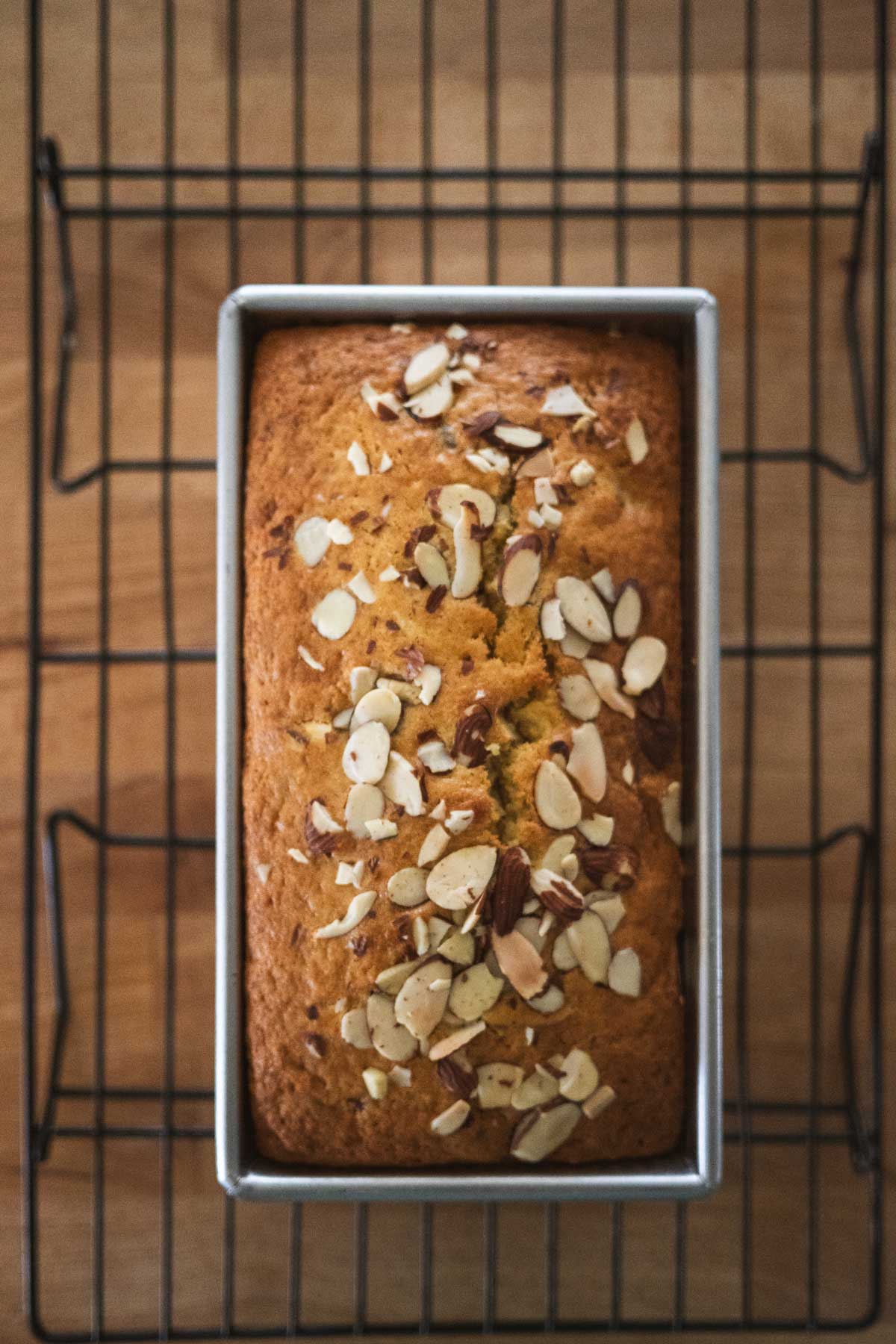
Best Flour for Cookies
Recommended Flour: All-Purpose Flour
Why: Cookies need a balance of tenderness and structure, and all-purpose flour’s protein content (10-11.7%) delivers just that. It works for chewy chocolate chip cookies, crisp shortbread, or soft sugar cookies. See preferred brands under Best Flour for Rolls section above.
Tips:
- For chewier cookies, use a higher-protein all-purpose flour (closer to 11.7%) and slightly underbake.
- For crisp cookies, use a lower-protein all-purpose flour (closer to 10%) and bake longer.
- Chilling the dough helps control spread, especially with all-purpose flour.
Alternative: For ultra-tender cookies (like shortbread), substitute 10-20% of the flour with cake flour.

Best Flour for Pastries
Recommended Flour: Pastry Flour or Cake Flour
Why: Pastries like pie crusts, croissants, and puff pastry require a tender, flaky texture. Pastry flour (8-10% protein) strikes the perfect balance for flakiness, while cake flour (6-8% protein) is ideal for delicate pastries like choux or sponge cakes. Pastry or Cake flour are not as widely available, but Swans Down Cake Flour (7-9%) or White Lily All-Purpose Flour (9% protein) are known for their low protein and soft texture.
Tips:
- For laminated pastries (e.g., croissants), a blend of pastry flour and bread flour can provide enough strength for layering without compromising flakiness.
- Keep ingredients cold to maintain the flour’s delicate structure.
- If pastry flour isn’t available, mimic it by combining 2 parts all-purpose flour with 1 part cake flour.
Alternative: All-purpose flour can work for sturdier pastries (like pie crusts), but handle the dough minimally to avoid toughness.

Whole Wheat Applications
Recommended Flour: Store-Bought Whole Wheat Flour or White Whole Wheat Flour
Why: Store-bought whole wheat flour, with its bran and germ, adds nutty flavor and nutrition but creates denser baked goods due to its higher protein content (13-14%). White whole wheat flour, made from hard white wheat, offers a milder flavor and lighter texture. A few great brand options for store-bough whole wheat flour are Wheat Montana Bakery (Prairie Gold), King Arthur, or Bob’s Red Mill.Stay tuned for an upcoming post diving deeper into whole wheat baking, including the benefits of fresh-milled flour versus shelf-stable options!
Tips:
- Blend 25-50% whole wheat flour with all-purpose or bread flour for balanced texture in breads, rolls, or quick breads.
- Whole wheat flour absorbs more liquid, so increase hydration by 10-20%.
- Store in an airtight container (refrigerated for longer shelf life) to prevent rancidity.
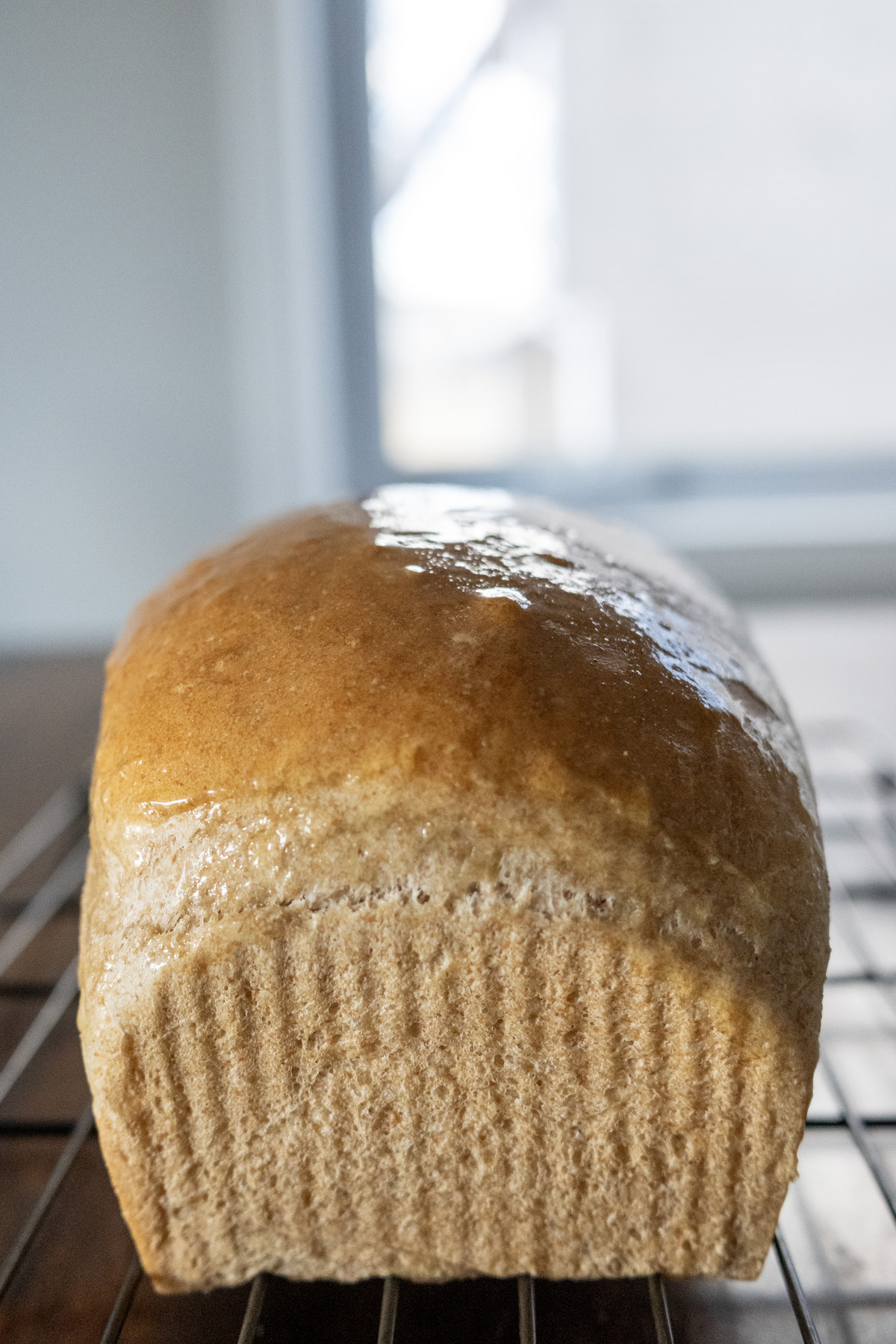
Key Considerations for Choosing Flour
- Protein Content: Match the flour’s protein level to the baked good’s texture needs—high for chewy breads, low for tender pastries.
- Brand Quality: Stick to reputable brands for consistent protein levels and milling quality.
- Freshness: Flour can go stale, affecting flavor and performance. Store in an airtight container and use within 6-12 months.
- Experimentation: Blending flours (e.g., all-purpose with whole wheat) can fine-tune texture and flavor for your recipe.
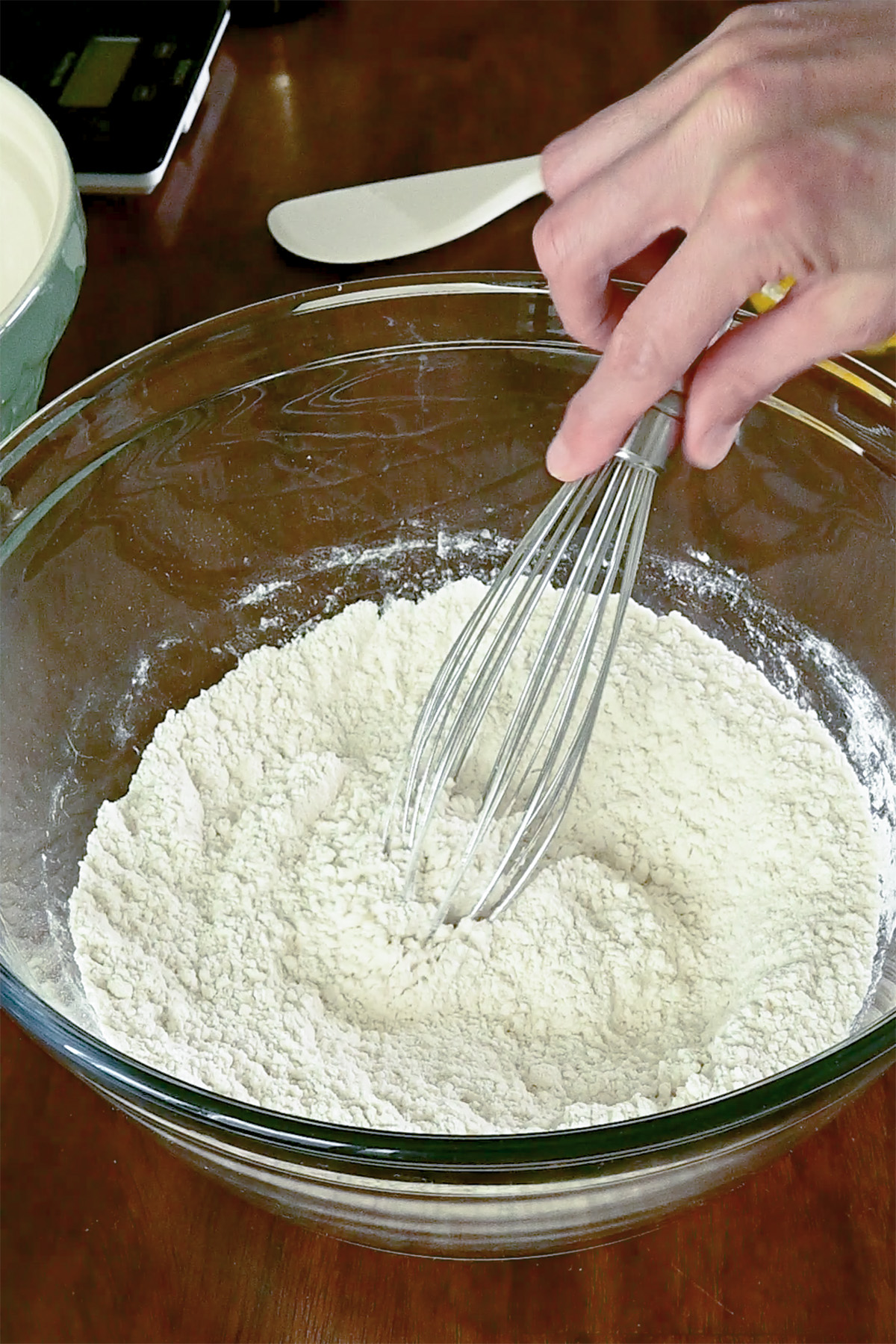
Conclusion
Choosing the right flour is the foundation of successful baking. Bread flour reigns for chewy loaves, all-purpose flour is the go-to for versatile rolls and cookies, and low-protein pastry or cake flour excels in delicate pastries. Whole wheat flour adds depth and nutrition but works best when blended to balance texture. By understanding your recipe’s needs and experimenting with flour blends, you’ll elevate your baking to new heights. So, grab your measuring cups, pick the perfect flour, and start creating delicious masterpieces in your kitchen!
Happy Baking! Have a favorite flour or tip for perfect baked goods? Share in the comments below!
As an Amazon Associate, I earn from qualifying purchases at no extra cost to you. Thank you for your support!
